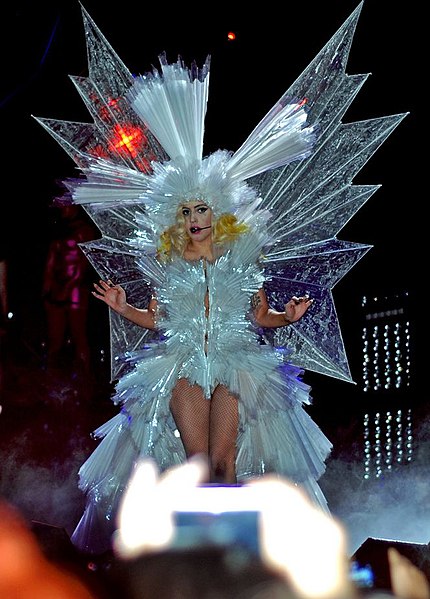Thanksgiving means something different for all of us. Thanksgiving is a federal holiday celebrated in the United States, falling on the fourth Thursday of November every year.
Thanksgiving is observed in many ways, usually with a feast, where friends and family come together and enjoy a meal, but how did this holiday come to be?
Some 400 years ago, in England, those who lived there were required to follow the England Christian Church. Several English people wished to practice their religion freely. Some people fled to the Netherlands. In the Netherlands, the laws regarding religion were much more subtle. However, some people had a different idea.
Seventy-four men and twenty-eight women boarded a ship called the Mayflower. They set sail on September 6th, 1620, for what is known today as New York. After a 66-day-long journey across the Atlantic Ocean, on December 21st, 1620, the Mayflower landed in Plymouth Massachusetts. During the first winter, nearly half of the 102 pilgrims died due to disease and lack of shelter due to the very harsh New England conditions.
The Wampanoags are a Native American tribe. Originally, they lived in what is known today as Massachusetts and Rhode Island. The Wampanoags helped the Pilgrims greatly, and taught them how to catch fish and cultivate crops, which plants were poisonous, and helped them form additional alliances with nearby Native American tribes. The Wampanoags played a crucial role in the survival of the pilgrims.
The following year, in what is believed to be November of 1621, after the Pilgrim’s first successful corn harvest, a feast was shared between the Pilgrims and the Wampanoags. This feast is now remembered as the “First Thanksgiving.”
There is no exact record of what was eaten at the “First Thanksgiving.” While it was unlikely what we enjoy today, it still was a shared meal. All the savory foods and sweet desserts enjoyed today have come as a hallmark celebration.
For about 150 years, Thanksgiving was celebrated sometimes, but not regularly or continuously. Following the American Continental Force’s victory over the British in the Battle Of Saratoga, George Washington called for Thursday, December 18th, 1777, to be saved to celebrate Thanksgiving. For the first time, the 13 colonies celebrated a day of Thanksgiving simultaneously.
However, it wasn’t until October 3rd, 1863, that President Abraham Lincoln declared the last Thursday of November to be Thanksgiving day. In the late 1930s, the date of Thanksgiving was argued and even moved a few times, but in 1941, Congress moved the holiday back to its original place on the 4th Thursday of November.
Today, Thanksgiving is a time to demonstrate gratitude and spend time with the people you love. Many traditions have come with this holiday. Football is a big one. Each year, three NFL football games are played on Thanksgiving. This past year, in 2023, there was an average of 34.1 million viewers between the three games played.
Another tradition is watching parades. The largest, most iconic parade on Thanksgiving is the Macy’s Day Parade hosted in New York City. The 100th Macy’s Day parade will take place in 2026. Each year, millions and millions of people tune in to watch live broadcasting of the Parade, while others attend in person.
One more Thanksgiving Tradition is Black Friday. While this is not celebrated on Thanksgiving, it is widely associated with the holiday. Black Friday occurs the Friday following Thanksgiving day yearly. Many stores offer highly discounted sales, which appeals to buyers. With the surge of consumer spending on this day, there is an increase in profit for retailers, which can even stimulate the economy.
While all these things are important, it’s also important to consider the history of why we can do these things every November.











































